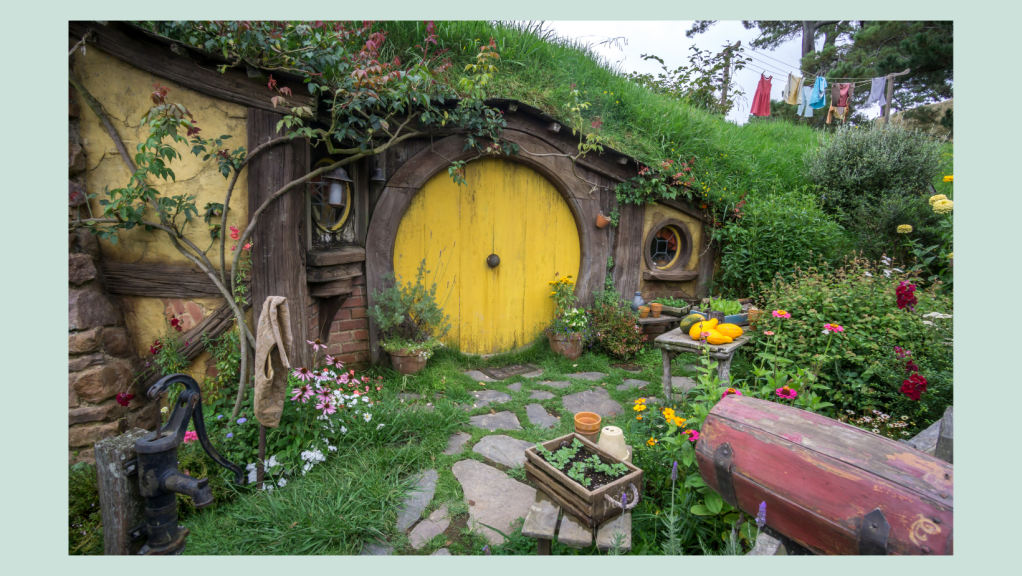We see stories wherever we look, and the bigger corporates have understood the benefits of telling their story for years, as part of their marketing strategy. As a small business, we often forget about this little gem. But it really helps us connect with our audiences and instill trust.
Stories help us understand the world around us. They are a way to help your audience understand more about you, without being overwhelmed by the details about your products. They help show the ‘authentic you,’ so that your customers will be more interested in what you have to say about your products.
Why should you tell your story?
By nature, people are nosy and curious – they like to know about the person they are buying from.
Marketing your business is a real challenge in today’s online world, and there is so much competition, so you need to be able to stand out in the crowd.
Storytelling creates a fabulous connection with your audience. Sharing your experiences helps to encourage and help others and brings your brand to life. It conveys the purpose of your business and what you stand for and helps make your products more appealing.
Content marketing
Content marketing is what helps you to sell your products. You need to release the magic that you put into your products, be it artwork, crafts, photography etc. You are creating a story around you and around your work.
It’s an incredibly competitive out there, so your unique storytelling is what will set you apart from your peers. You might think, if your products are very visual (such as paintings or photography) that your pictures will sell themselves – surely, if people like what you do, they will buy it. Of course, this may be true for a small percentage of your audience. They will see something that resonates with them, or you may sell something that they are particularly looking for and have searched for. But sadly, when people are looking online, it’s easy to scroll past something that would actually resonate with them if they knew more about it…and about you. This is where the importance of storytelling comes in. People remember stories, you want to convince them to love your work as much as you do. They need to feel your passion and understand the reasons why you do what you do – this creates a real connection between you and your audience.
Know your audience
The first thing to think about is your audience. Do you know who your target audience are? I’m not going to go into detail about how to identify your target audience and building a buyer persona, but if you click on these links, you can see previous blog posts where I have gone into detail about this.
How to identify your target audience
How to create your buyer persona
It’s really important to know your audience, so you know how to approach them and what kind of content will make them look at your products.
How to tell your story – the monomyth
There are lots of ways to tell your story. In this blog, I’m going to look at the Monomyth, which is just one concept.
Joseph Campbell, an American author, who worked on mythology produced the idea of the Monomyth.
He said that most myths contain some common elements – heroes start out as lowly mortals; they receive some sort of call to adventure and divine assistance to get started. They encounter obstacles along the way, go through a transformation and return to where they started as a hero, changed for the better in most cases.
An example
I’m going to use Tolkien’s ‘The Hobbit’ as an example.
Bilbo Baggins was just a normal hobbit, with a peaceful life, living in the rural Shire. One day, the wizard, Gandalf, calls on him to persuade him to join Thorin and his twelve dwarves to recover their stolen treasure, which is being guarded by the dragon, Smaug.
So, although he initially resisted, Bilbo embarks on a fantastic adventure, where he stares death in the face and returns a stronger, wiser hobbit, and is the hero of the story.
When you are telling your story, the Monomyth is a great way to structure it. If you do this well, you will get and keep your audience’s attention. There are lots of people who have different concepts about the Monomyth, but I like the remarkably simple version and its structure.
The Monomyth
Let’s start at the beginning…your calling…
Like Bilbo Baggins, at some point you felt the calling to do what you do. It might have been a slow realisation that your hobby could be more than just a passing interest. It might be that it’s been a lifelong passion that you felt you could no longer ignore. It could be that you express your beliefs and interests through your work and that you’re getting a message out there.
Whatever it is that brought you to where you are today – these are the things you should use to introduce yourself to your audience.
Talk about what inspires you…is there a meaning or reason behind what you do?
The idea for this part of the Monomyth is to excite and enthuse your audience. You might feel that your reasoning behind what you do is quite mundane, but to your followers, it will be interesting.
The obstacles
The next part of the Monomyth is the obstacles.
- People love to hear how you overcome obstacles or opposition
- Your audience what to talk to you and hear about your processes – for example, if you make something or paint, how do you start on a new piece? People love to see a work in progress too, so showing the process in a step-by-step series of posts is a great idea to engage your audience.
- Talk about the difficulties and how you overcame them.
Good old Bilbo faced danger and adversity to fulfil his mission. What were the obstacles that you faced? You may not have had a great tragedy in your life, (I hope you haven’t), but everyone, no matter what they do, meets adversity or resistance at some point when creating their work.
Some ideas might be…
- Dealing with health issues
- Figuring out how to make or do something that was very technically challenging
- Coming up with funding – how do you fund what you do?
- Struggling to communicate what is really happening behind what you do
- Struggling against a system that puts you at a financial disadvantage
For example, we’ve been experiencing one of the worst global pandemics in years and the world basically shut down. How did that affect you and your business? I know it had an affect on my business and on the businesses of several friends.
Did anything you have experienced during lockdown, or during the pandemic, that inspired you and your work?
You might have a story about going into a dark place, where you really struggled to do anything. How did you cope with that? What did you do to pull yourself out of the abyss? I know this sounds a bit dramatic…but you get the picture.
Emerging triumphant
At some time or other, when you are in a creative mode, frantically getting everything down or done that you can, you emerge from your whirl of creativity. This is where you want to sell your products.
It could be that you have an online shop, a physical location, or sell on social media. However, you do it, this is the time to start asking for a sale, via advertising or posting about your actual products.
Make sure that you use a good product description to help your sales.
The returning hero/heroine
Finally, you have success, and like Bilbo Baggins, you are the hero/heroine of the story. When you sell something, share your victories with your friends and family – no matter how big or small. Celebrate your wins! Write about it on social media, on your website or in your blog or email. Be proud of what you’ve achieved…and don’t forget to thank your audience.
You’ve worked hard to get that achievement and you need to show your passion and excitement for your success.
Conclusion
That’s the Monomyth – in a nutshell! It is just one way to tell your story, but it works well as a structure and can give you something to aim for. Put yourself at the centre of your story and share your journey.
Your audience will love to see you progress and will enjoy celebrating your wins with you. Storytelling is a great way to develop your personal brand and to portray the ‘real you’ to your audience. Good luck!
If you’d like to get more marketing tips delivered to your inbox, please sign up to my email subscription. It’s completely free and you get a 102 post ideas for social media as a thank you for signing up. You also get ‘member only’ access to a restricted area of my website, where you will find lots of free resources to help you market your small business.







Another great article explaining in simple terms an important area of website and social media content. Thanks Cindy!